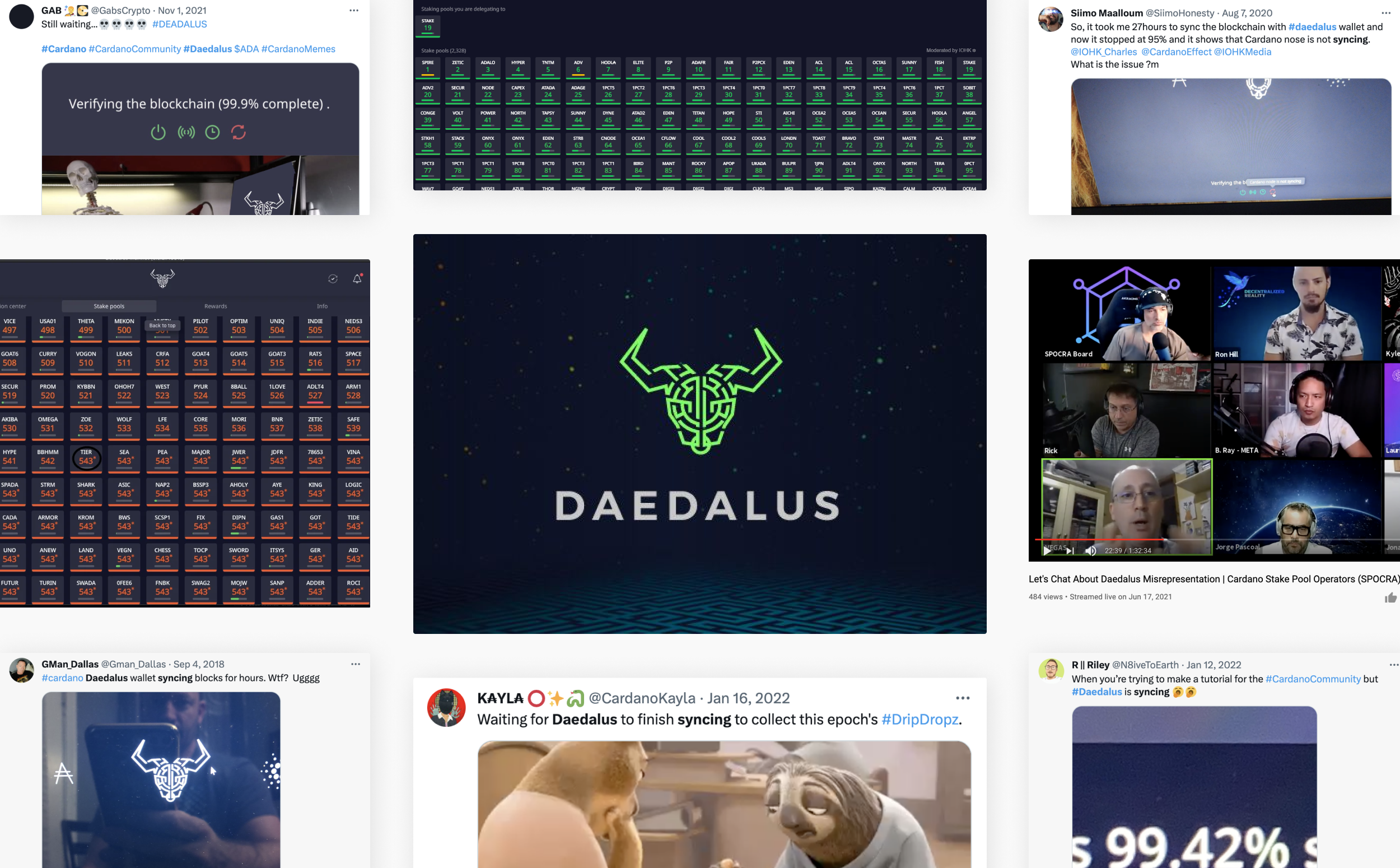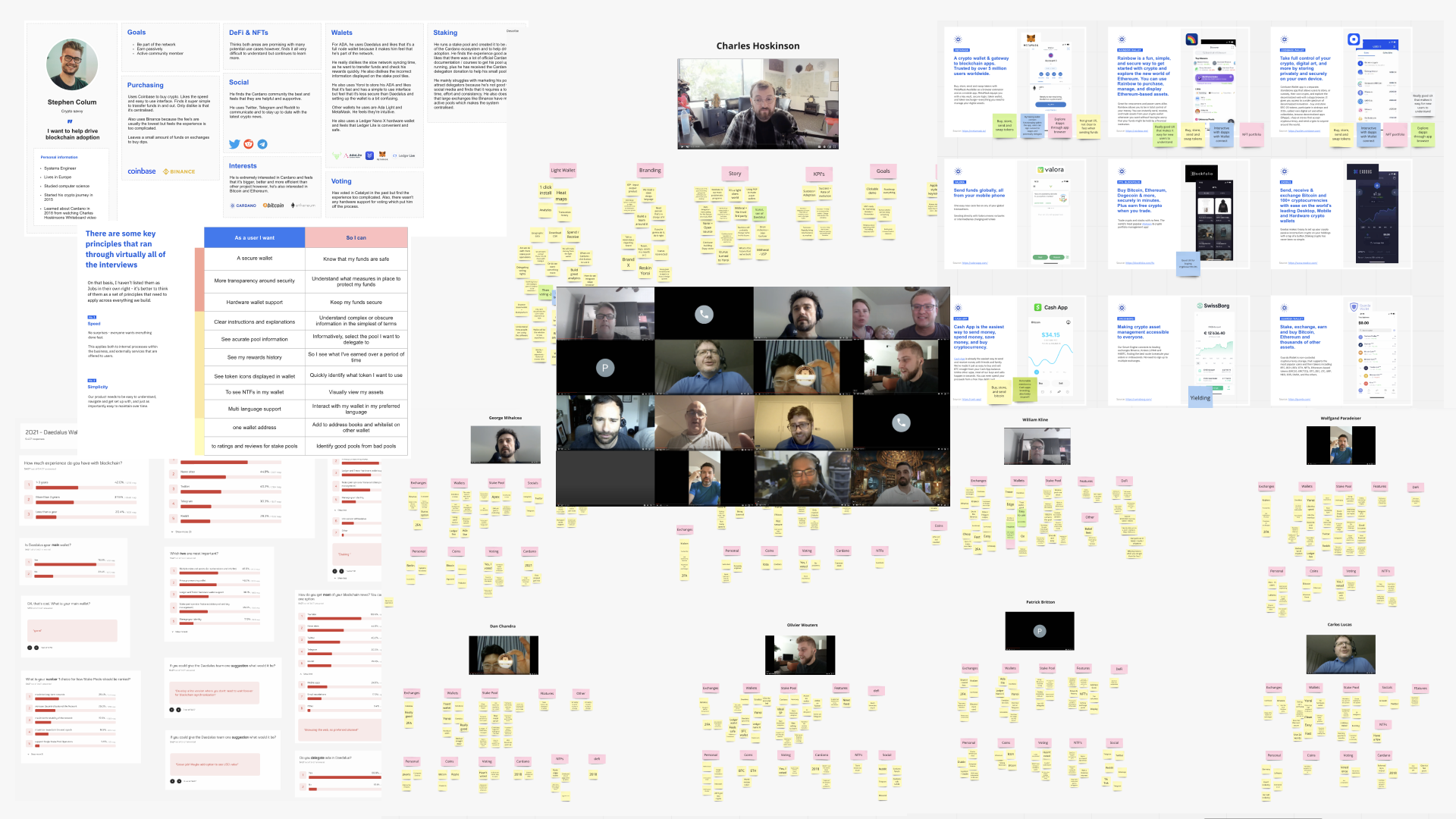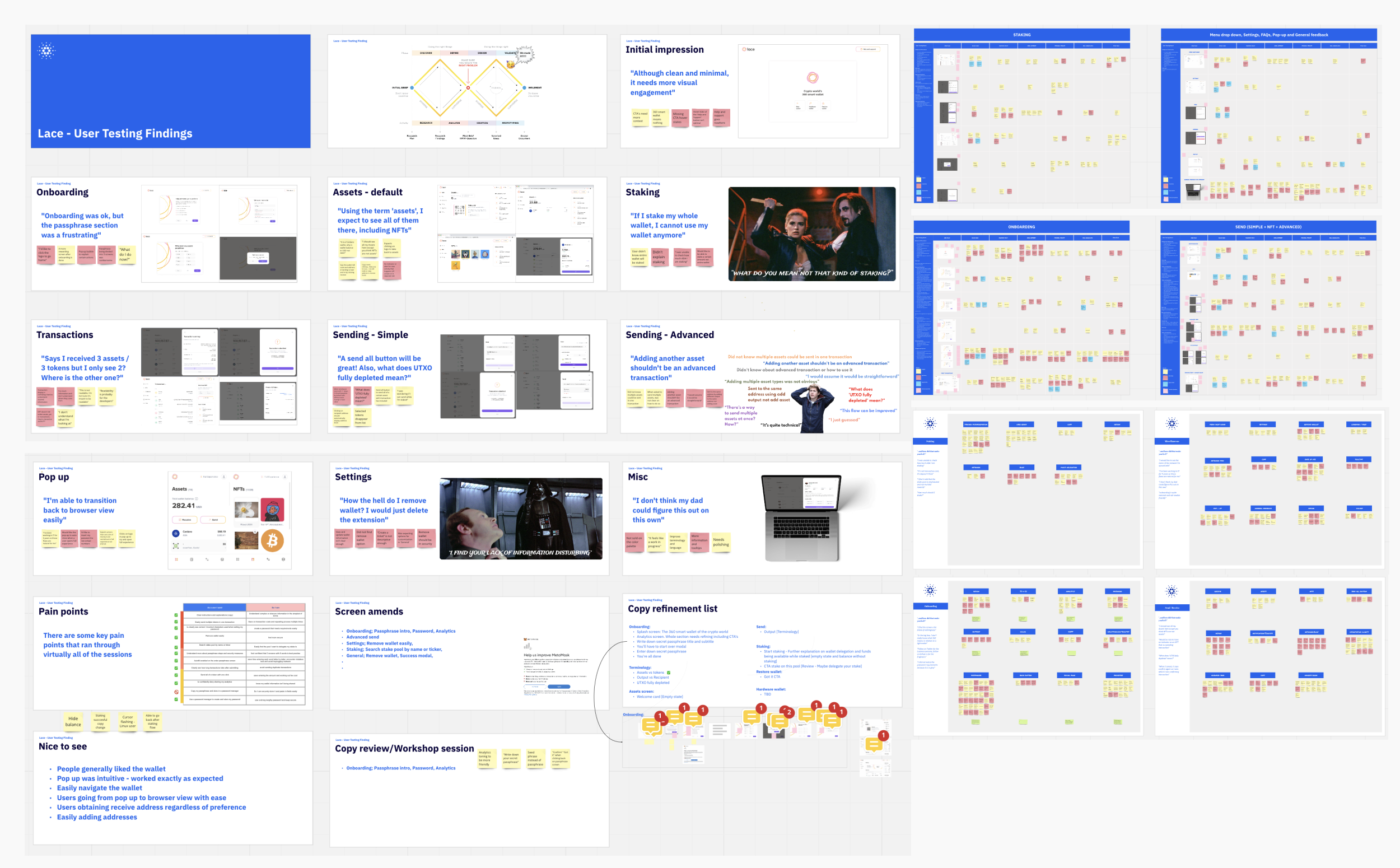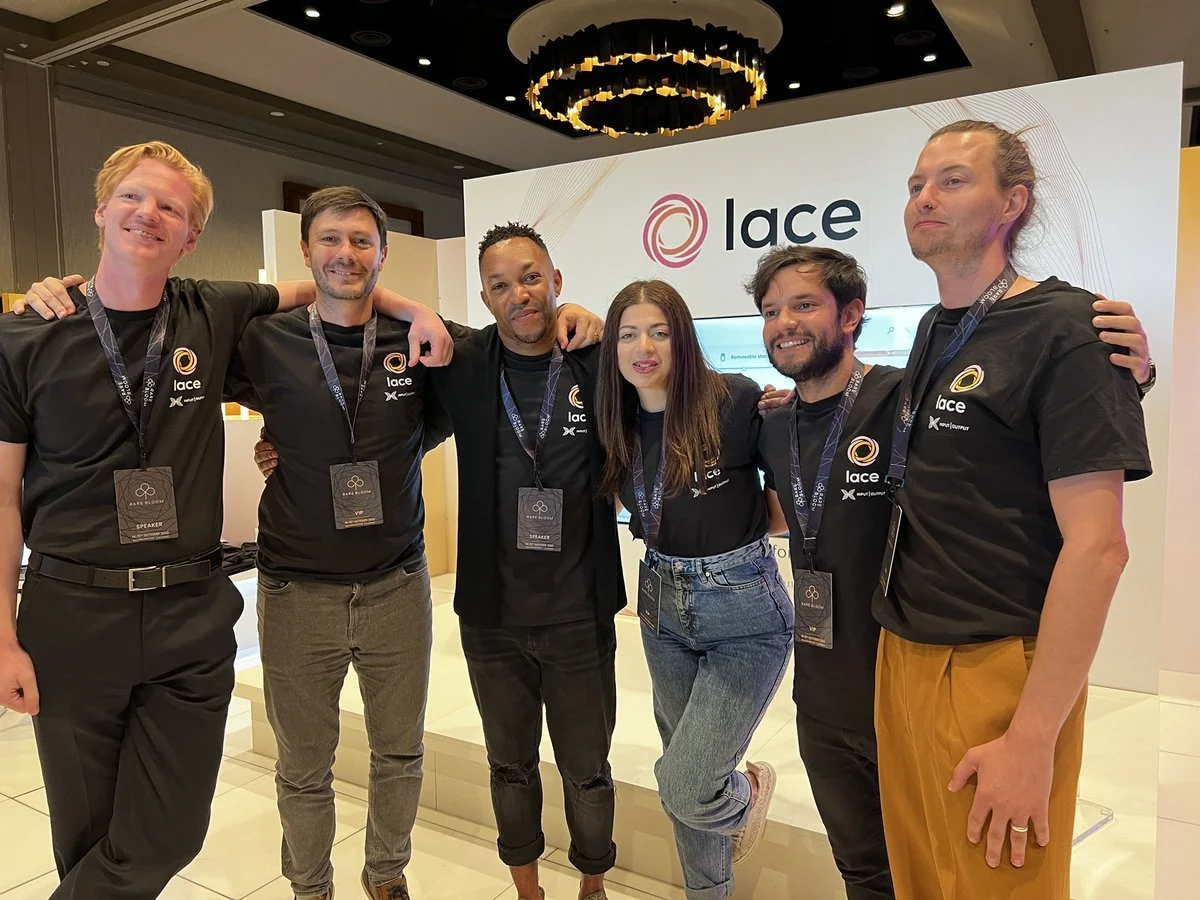Objective
The existing full-node wallet, Daedalus, developed by IOHK, presented challenges in speed and scalability. It required users to sync the entire blockchain before interacting with the wallet, limiting its use in areas with low infrastructure. Moreover, the stake pool ranking system was met with criticism from stakeholders, affecting the community's perception of Cardano. The objective was to address these issues by developing a light wallet solution that offered speed, simplicity, and a fair stake pool ranking system.










